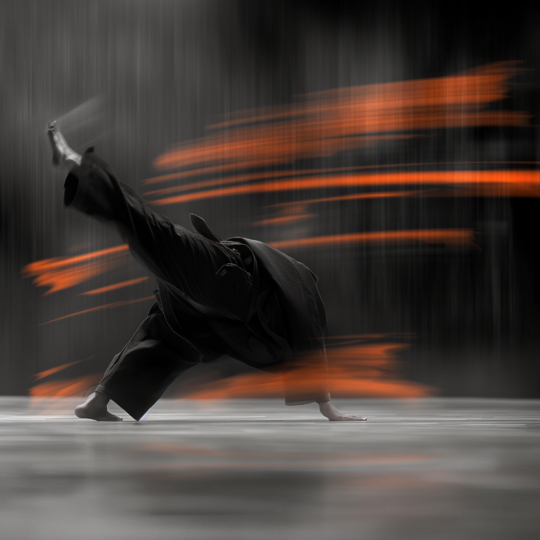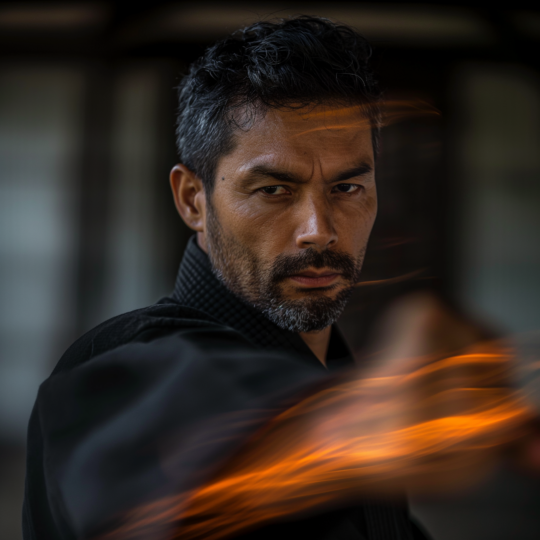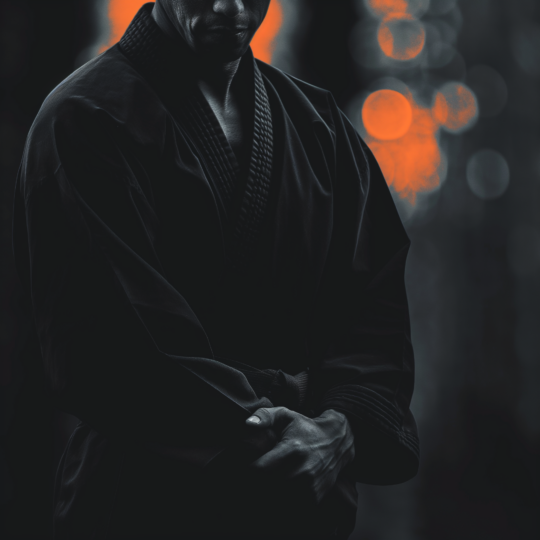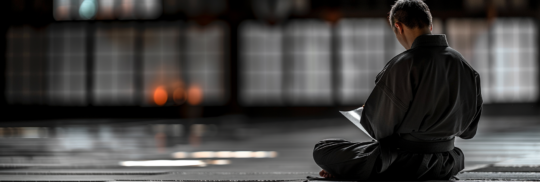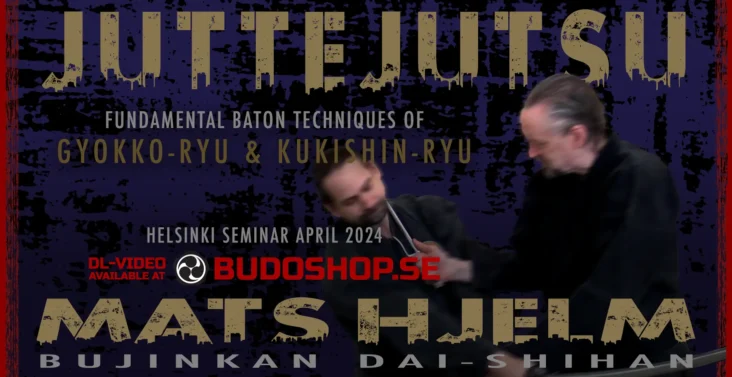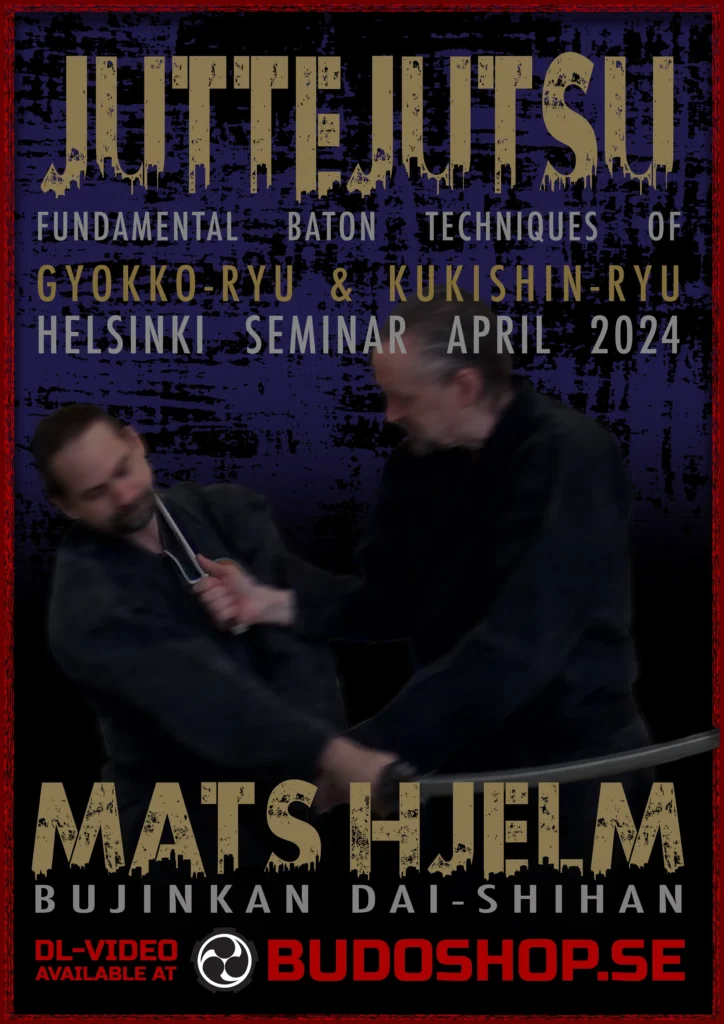EL LIBRO DE LA COHERENCIA: CAPÍTULO 1 / THE BOOK OF COHERENCE: CHAPTER 1
From Gassho by Unryu Blog
Capítulo 1
Desde aquel día, acompañado por seres amorosos y luminosos, todo se comenzó a transformar.
En este periodo he pensado escribir un libro, dejando registradas muchas indagaciones personales atestiguando, desde la propia experiencia esta transmutación.
Han pasado 5 meses y medio y hoy decido empezar a escribir este libro. Esta vez no lo entregaré a una editorial, lo publicaré capítulo a capítulo en este blog que en su momento denominé “gassho”, una palabra japonesa que indica colocar las manos juntas a modo de rezo y agradecimiento por lo recibido cada día.
Este libro he decidido titularlo “El libro de la coherencia”, ya que ahora no puede ser de otra manera. En futuros capítulos explicaré detalles al respecto.
Todo lo pasado, todo lo vivido, todo quedó en su lugar, es decir atrás, en el pasado muy pasado.
Experiencias maravillosas y profundas por su intensidad aun así ya ocupan el lugar que les corresponden. Agradezco lo vivido. Bendigo las oportunidades recibidas.
Ahora ya puedo sentir lo que ocurre desde otra posición. Se acabó la teoría, la intelectualidad; es el tiempo de la verdad “desde el sentir”.
Ciertamente, de manera puntual se sienten las molestias de algunos resentimientos mal digeridos y cronificados como “aquellos dolores de lesiones crónicas” que se sienten cuando va a cambiar el clima. Y entonces renace la maravillosa oportunidad del cambio hacia la coherencia.
Hay tantos cambios maravillosos, invisibles a la vista de la miopía sensorial exterior, tantos y tantos. ¡Que bendición!
Tras aquel día 12 de enero inicié un nuevo viaje. Un viaje hacia la coherencia y la integridad. Un viaje sincero y honesto, lo cual quiere decir que no me permito mentirme ya que es demasiado insano y el precio demasiado elevado.
¿Cuánto nos mentimos a nosotros mismos cada día? ¿Cuánto? ¿Es realmente saludable y sano? Medita al respecto.
Uno de los estados más iluminativos que existen es pillarse a sí mismo mentindiendóse desde la incoherencia y ser capaz de aceptar y aplicar la acción para la transformación.
Si no es el cuerpo, es la cabecita o las emociones. Por algún espacio tienen que exteriorizarse.
Así que ya decidí no mentirme y no mentir para sanar. Esto lleva dedicación, mucha dedicación ya que te debes convertir en un observador activo y constante de ti mismo, de lo que ocurre por ahí dentro y en tu cuerpo.
Es un plan de acción que conlleva poner sobre la mesa todas las creencias, la gran mayoría inútiles, dañinas y falsas y comenzar la renovación desde el amor y la ternura.
Es un proyecto personal que, quizás podría acercarse incluso superar a aquellos libros escritos en la historia sobre la táctica y estrategia militar.
Amigos, amigas nos leemos en el próximo capítulo, siempre desde la verdad que conlleva la integridad. Va a ser muy interesante.
“Olvida los errores del pasado. Olvida los fracasos. Olvídalo todo, salvo lo que vas a hacer ahora, y hazlo.” (William Durant)
------------------------------------------------------------------------------------------------------




